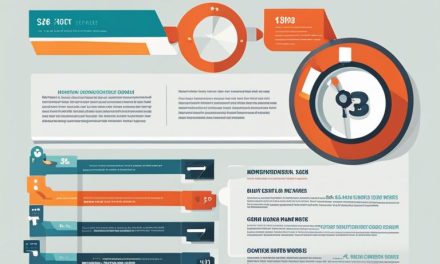There’s no denying the importance of optimizing images for search engines, but have you considered how image SEO can affect your website’s page load speed?
Regarding SEO, images play a crucial role in enhancing user experience and driving traffic to your website. However, if not optimized properly, images can slow down your site’s load speed, which can have a negative impact on your search engine rankings and user engagement.
One of the key aspects of image SEO is selecting the right file format and size. Large image files can significantly increase the load time of a webpage, especially on mobile devices with slower internet connections. By compressing images without compromising quality, you can reduce their file size and improve your site’s performance.
Another important factor to consider is the use of descriptive filenames and alt text. Search engines rely on this information to understand the context of an image since they cannot “see” it like humans. Using relevant keywords in your image filenames and alt text can improve your chances of ranking higher in image search results. However, be mindful not to stuff keywords unnaturally, as this can harm your SEO efforts.
Lazy loading is a technique that can significantly improve your page load speed when it comes to images. Instead of loading all images at once when a user opens a webpage, lazy loading defers the loading of offscreen images until the user scrolls to them. This not only speeds up the initial loading time but also reduces the overall bandwidth and resources required to load the page.
Lastly, using a content delivery network (CDN) can further enhance your image SEO and page load speed. A CDN distributes your website’s images across multiple servers worldwide, serving them to users from the server closest to their location. This reduces latency and improves loading times for users no matter where they are accessing your site from.
As a final point, image SEO has a direct impact on your website’s page load speed and overall performance. By optimizing your images for search engines while also considering their effect on load times, you can strike a balance that benefits both your SEO efforts and user experience. Remember to prioritize image compression, descriptive filenames, lazy loading, and using a CDN to ensure your images enhance, rather than hinder, your website’s performance.








